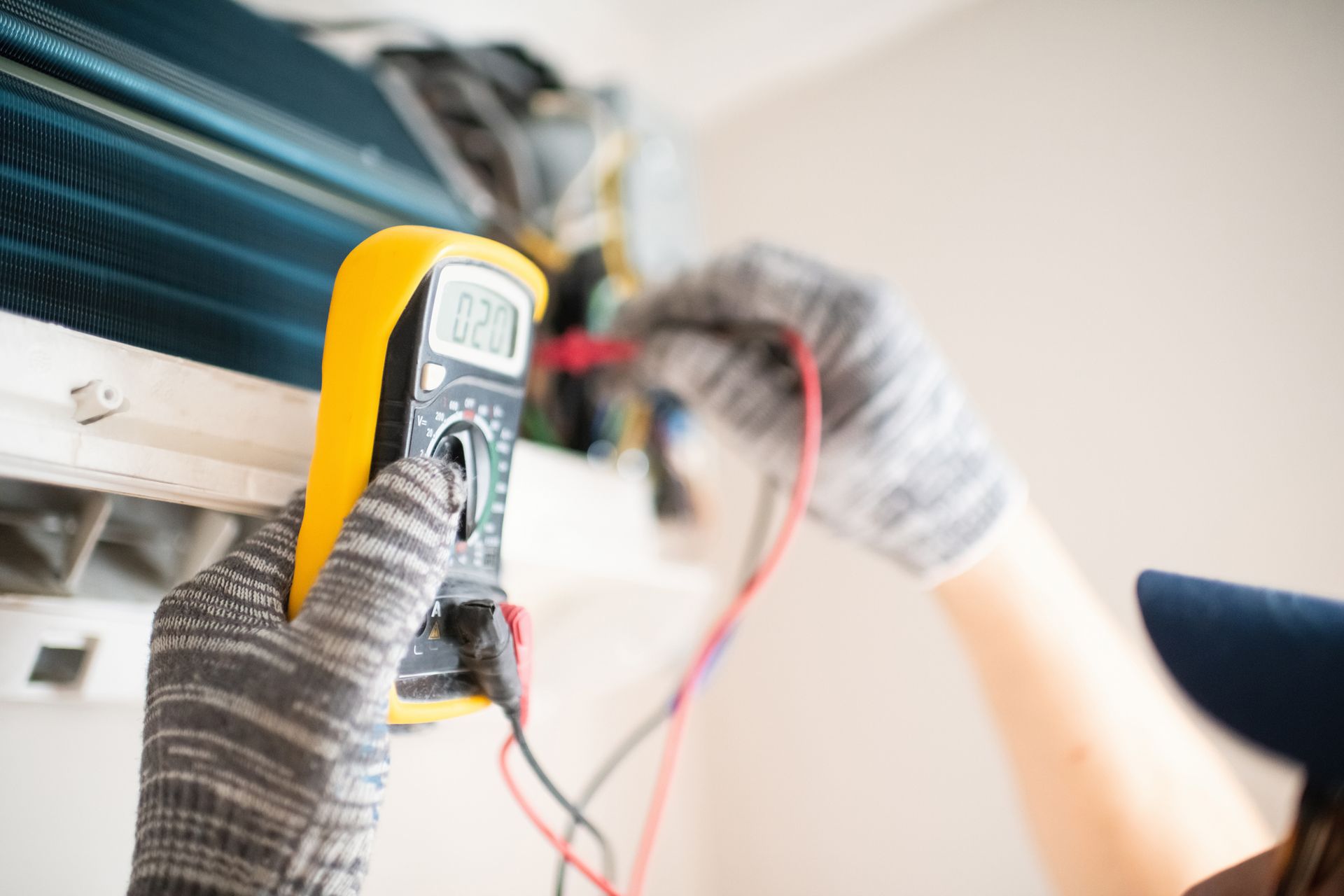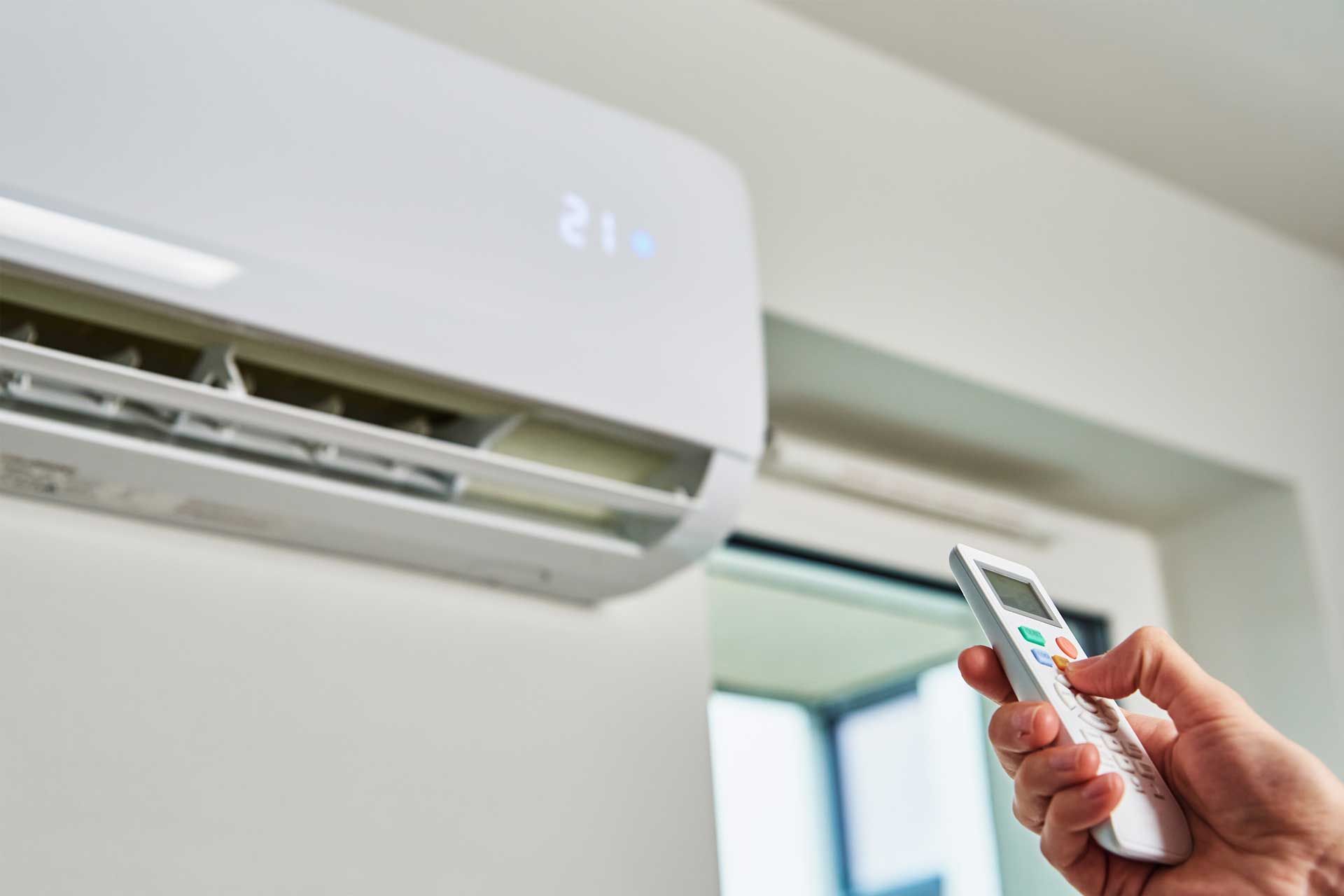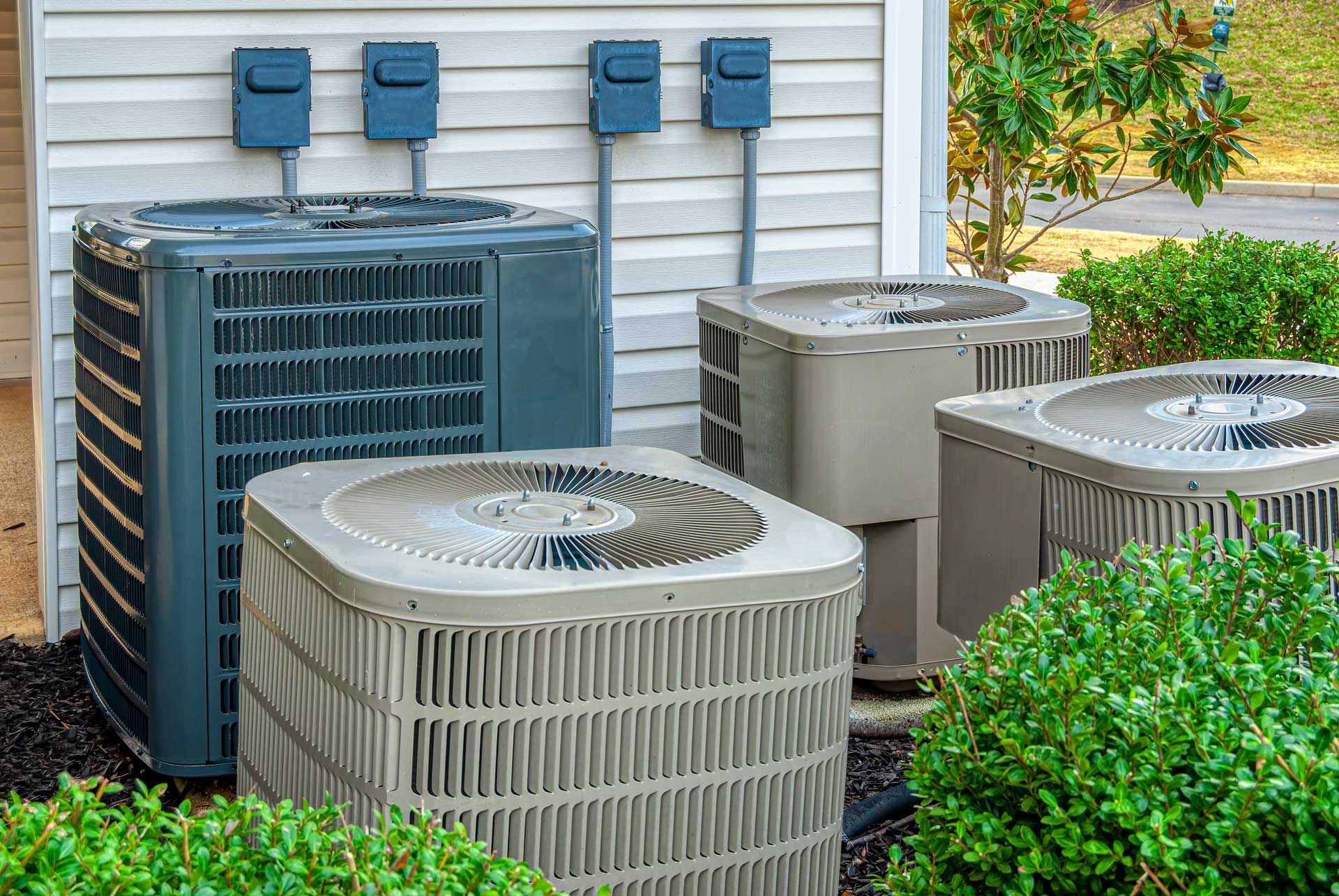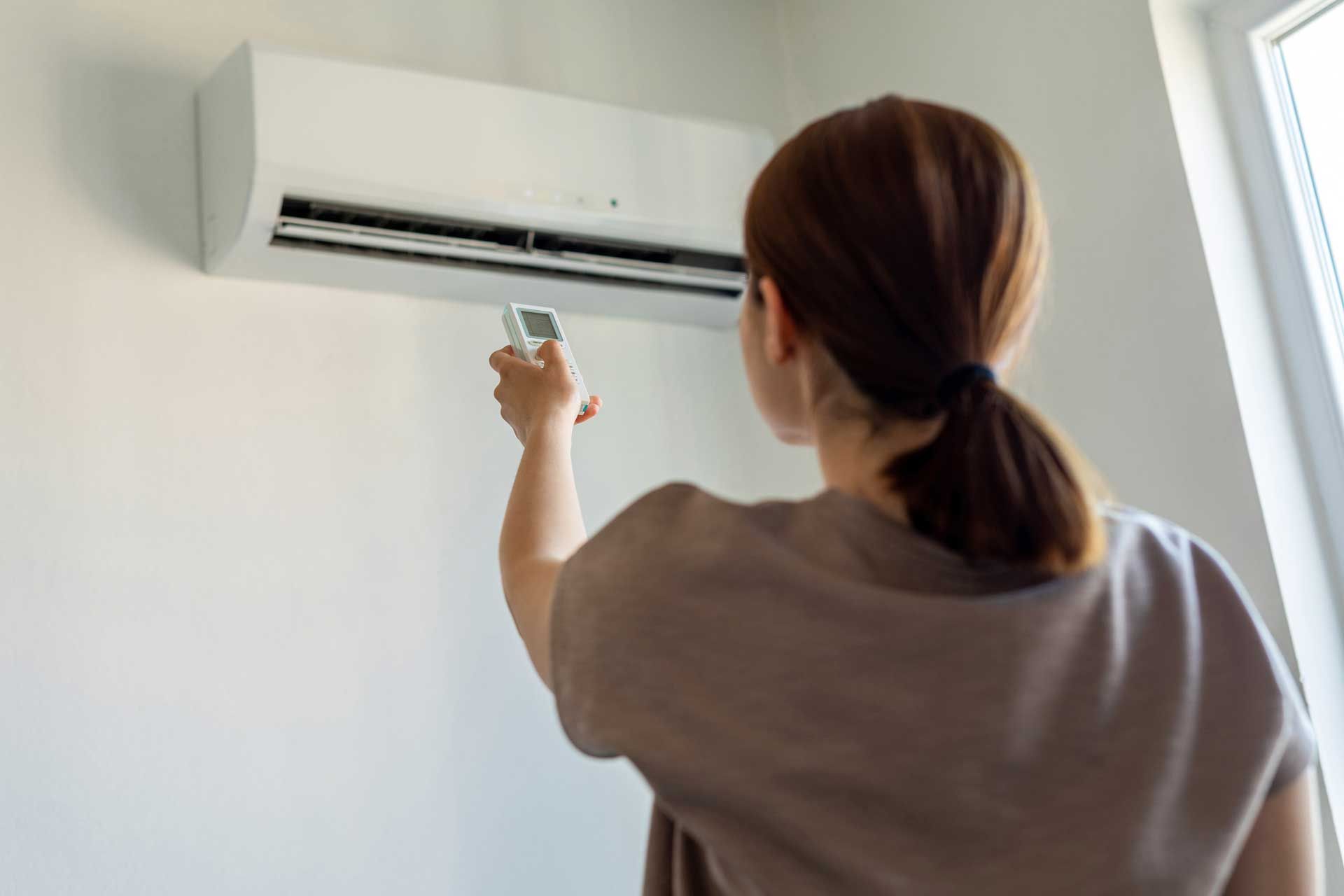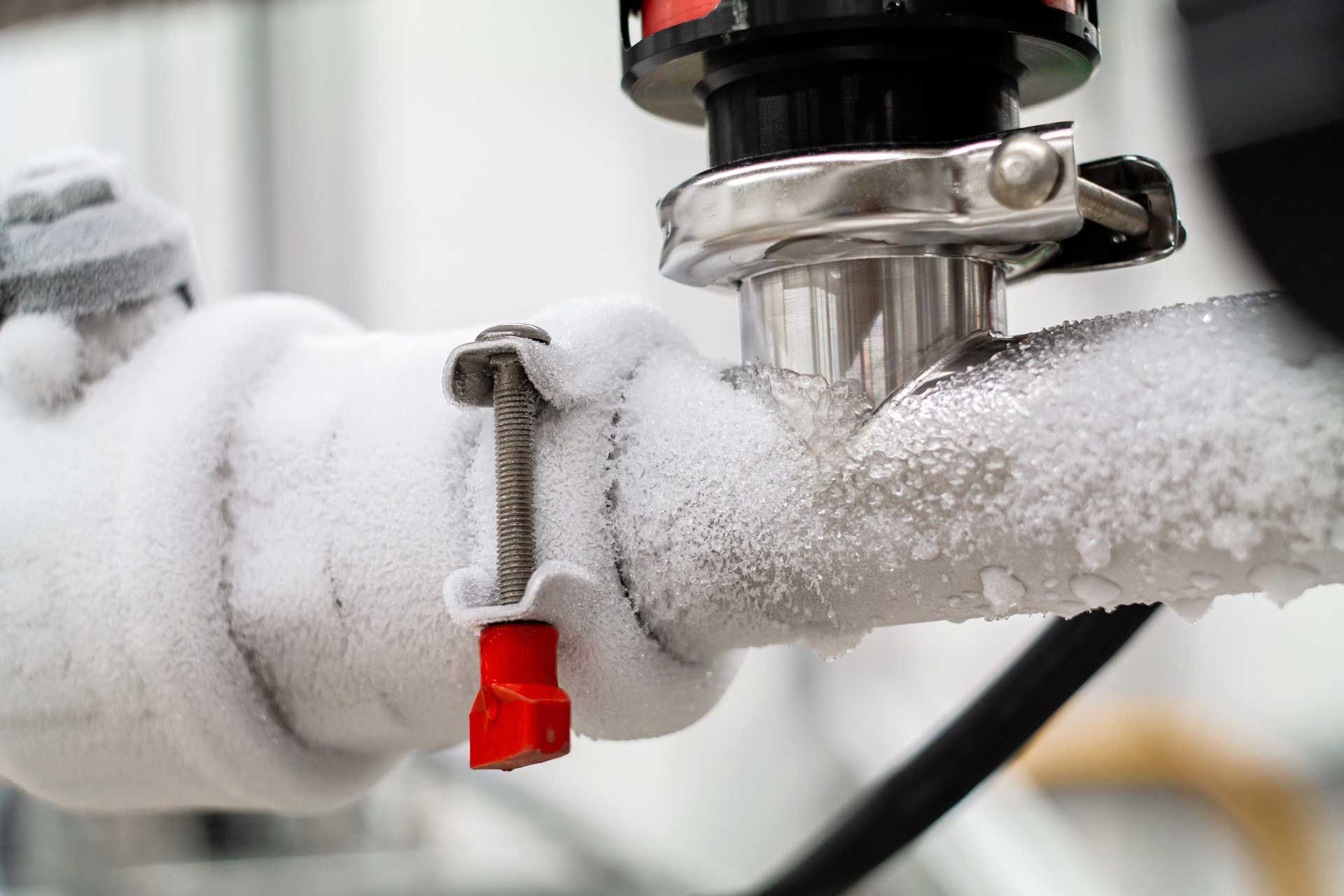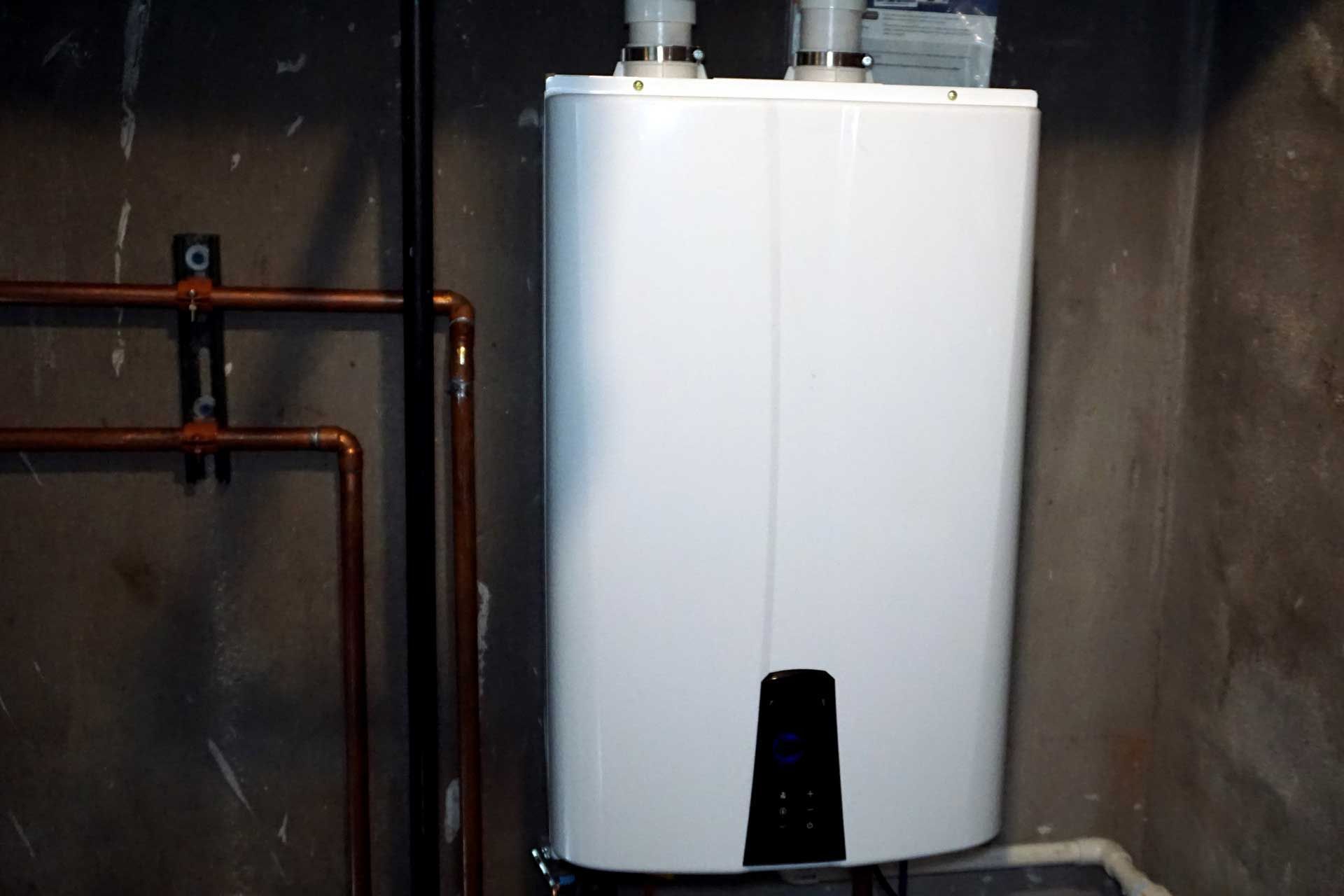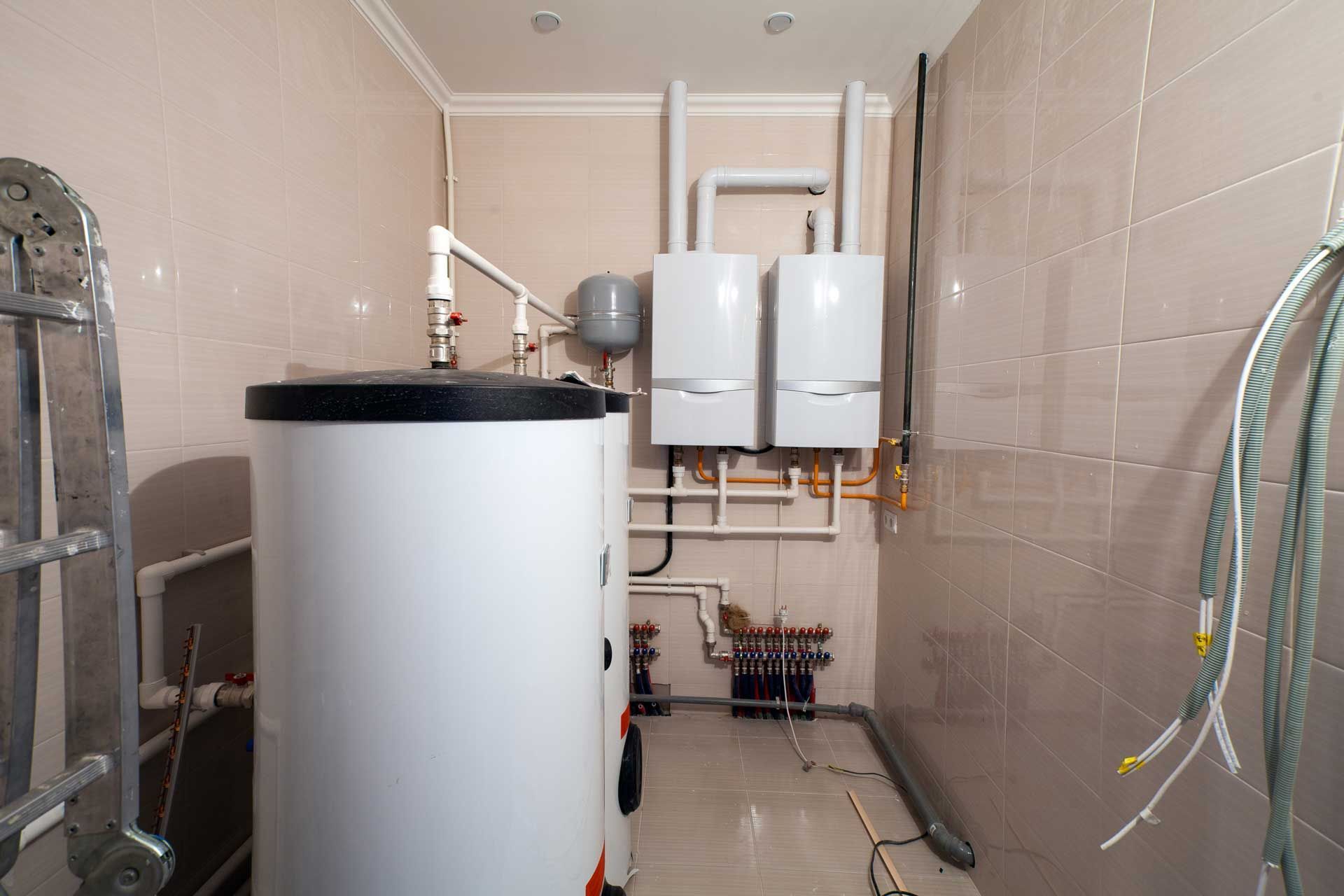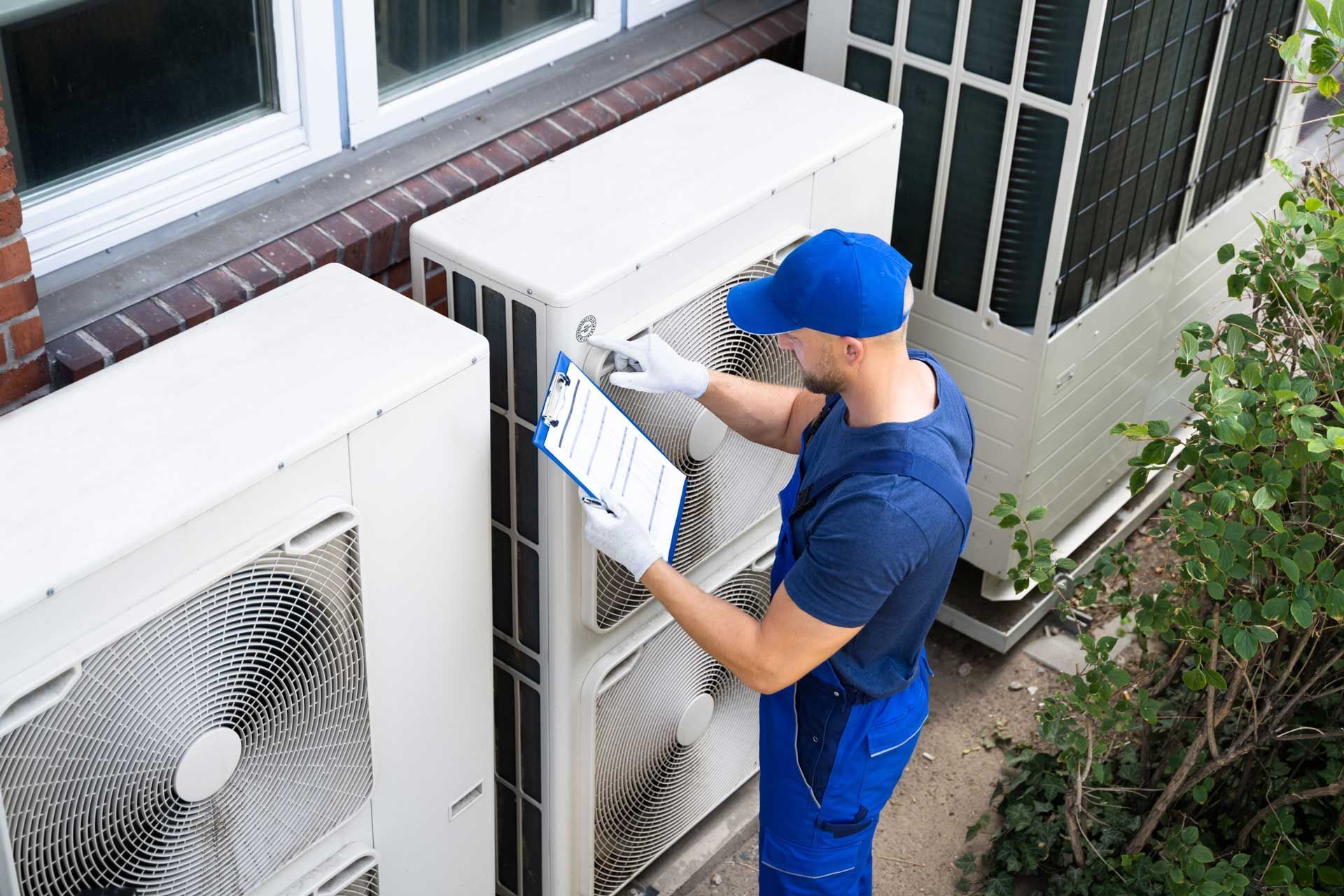Role of the Thermostatic Expansion Valve in a Commercial AC
All air conditioners contain a type of component known generally as throttling devices. These devices act to regulate both the refrigerant's pressure and its temperature. The most common variety of throttling device used in commercial air conditioning systems is known as the thermostatic expansion valve.
Unfortunately, the general lack of understanding about the function and role of the thermostatic expansion valve means that it is often the source of problems as time goes on. If you would like to keep your AC running strong by learning more about this key component, read on. This article will offer a useful introduction to thermostatic expansion valves.

What It Is
As noted above, thermostatic expansion are the type of throttling device most commonly found on commercial air conditioning systems. Residential systems, on the other hand, often utilize the relatively simpler device known as a capillary tube. Yet a capillary tube simply wouldn't be able to handle the complex and ever-changing needs of a commercial system.
A commercial HVAC setup also has to regularly deal with much greater output demands. This fact is especially true of the air conditioning systems used in restaurants since the heat of a kitchen will require that the system work much harder and for longer periods of time. In order to cope with such a demanding scenario, a more sophisticated throttling device is necessary.
The key distinction between a capillary tube and a thermostatic expansion valve is that an expansion valve is capable of altering the refrigerant's rate of flow. A capillary tube, on the other hand, only permits a fixed rate of flow, no matter what the particular demands on the system may be.
A thermostatic expansion valve is designed to respond to the temperature of the unit's evaporator coil. A special thermal bulb will read the conditions and cause the valve to open wider as the temperature rises. This function permits a greater amount of refrigerant to enter the coil, thereby enabling it to better meet a given cooling task.
How It Regulates the Evaporator Coil
As you can likely gather from the discussion above, the thermostatic expansion valve plays a key role in optimizing the efficiency of the evaporator coil. If the flow of refrigerant merely remained static, the system would struggle to meet the demands associated with higher cooling loads.
In case you don't know, cooling load is a useful term used to refer to the difference between the actual temperature and the desired temperature. Obviously, as cooling load increases, more refrigerant is needed to ensure ideal results within an acceptable time frame. Yet the thermostatic expansion valve plays an equally important role when cooling load is low.
By reducing the refrigerant flow in such situations, the thermostatic expansion valve keeps the system from expending unnecessary amounts of energy on relatively simple cooling tasks. It also has a positive impact on efficiency by lowering the refrigerant's pressure.
The lower the pressure of the refrigerant, the more readily it will be able to absorb heat inside of the evaporator coil. In the process, it will change more quickly back into its gaseous form, thus speeding up the return rate from the evaporator coil to the compressor. This action promotes a quicker overall cycling of the refrigerant.
Bottom Line
You don't have to be a professional HVAC technician to understand the vital role that thermostatic expansion valve plays in a commercial air conditioner. And the more you learn about how this key component works, the more likely you may be to avoid some of the common problems it faces.
When the time comes for maintenance and repairs, however, this is a task best left to the pros. For more information about keeping your thermostatic expansion valve in peak condition, contact the commercial AC experts at Preferred Mechanical Services
.

